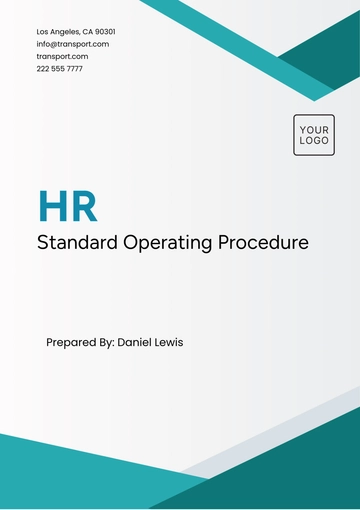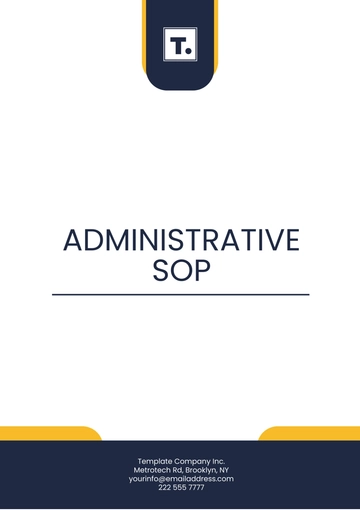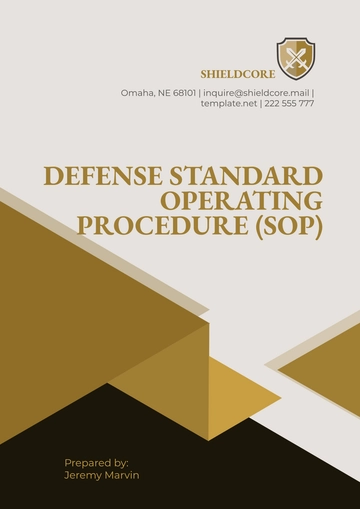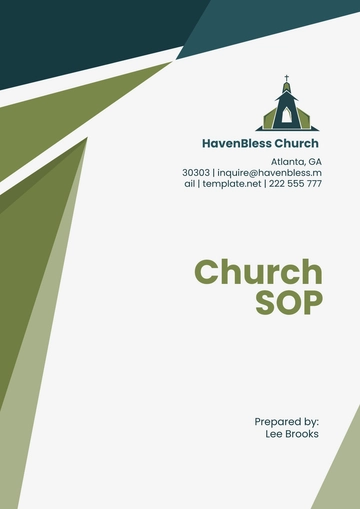Free Blank Church Emergency Response SOP
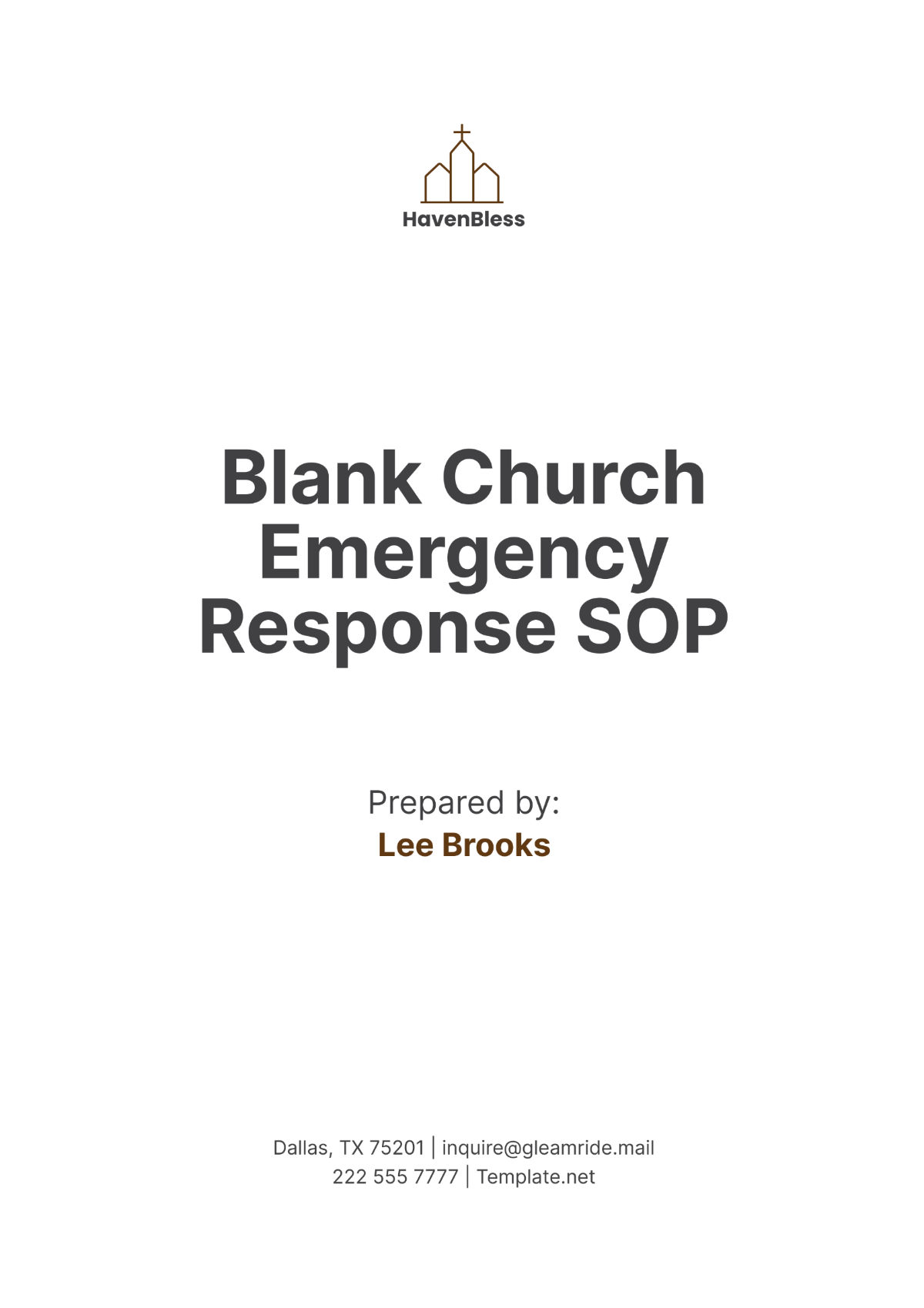
I. Introduction and Purpose
Introduction: (Briefly describe the importance of having an emergency response plan and the scope of the SOP.)
Purpose: (State the main objectives of the SOP, such as ensuring the safety of all individuals, protecting property, and providing clear procedures for various emergency scenarios.)
II. Roles and Responsibilities
Emergency Response Team (ERT): (Define the team members and their specific roles (e.g., team leader, medical responder, communication coordinator).)
Responsibilities: (Outline the duties of each role, including who is responsible for making decisions, coordinating evacuations, providing first aid, and communicating with emergency services.)
III. Emergency Communication Plan
Notification Procedures: (Detail how to alert the congregation and staff in case of an emergency (e.g., public address system, text alerts, social media).)
Emergency Contact Information: (Provide a list of important contact numbers, including local emergency services, nearby hospitals, and key church personnel.)
IV. Evacuation Procedures
Evacuation Routes: (Clearly outline the primary and secondary evacuation routes from different areas of the church.)
Assembly Points: (Designate safe assembly points outside the building where people should gather after evacuating.)
Special Considerations: (Address any special needs, such as assistance for individuals with disabilities or young children.)
V. Medical Emergencies
First Aid Procedures: (Provide guidelines for basic first aid, including CPR and the use of automated external defibrillators (AEDs).)
Medical Supplies: (List the location and contents of first aid kits and other medical supplies available in the church.)
Incident Reporting: (Explain how to document medical emergencies and the follow-up procedures.)
VI. Fire Emergency Procedures
Fire Prevention: (Include tips for preventing fires, such as proper use of electrical equipment and safe storage of flammable materials.)
Fire Alarm and Extinguishers: (Explain how to activate the fire alarm and use fire extinguishers.)
Evacuation and Shelter: (Detail the steps for evacuating the building in case of a fire and where to seek shelter if necessary.)
VII. Severe Weather Procedures
Weather Monitoring: (Describe how to monitor weather conditions and receive alerts (e.g., weather radios, mobile apps).)
Shelter in Place: (Provide instructions for seeking shelter within the church during severe weather events like tornadoes or hurricanes.)
Post-Storm Assessment: (Outline the process for assessing and reporting damage after a severe weather event.)
VIII. Security Threats and Lockdown Procedures
Identifying Threats: (Describe how to recognize potential security threats, such as suspicious behavior or packages.)
Lockdown Procedures: (Provide detailed steps for initiating a lockdown, including securing doors and windows and communicating with authorities.)
Reopening and Recovery: (Explain how to safely lift a lockdown and resume normal activities after the threat has passed.)
- 100% Customizable, free editor
- Access 1 Million+ Templates, photo’s & graphics
- Download or share as a template
- Click and replace photos, graphics, text, backgrounds
- Resize, crop, AI write & more
- Access advanced editor
Prepare for emergencies with the Blank Church Emergency Response SOP Template from Template.net. This fully editable and customizable template provides a framework for developing your church's emergency response procedures. Easily personalize it using our Ai Editor Tool to create a clear and comprehensive Standard Operating Procedure that ensures safety and preparedness during critical situations.





